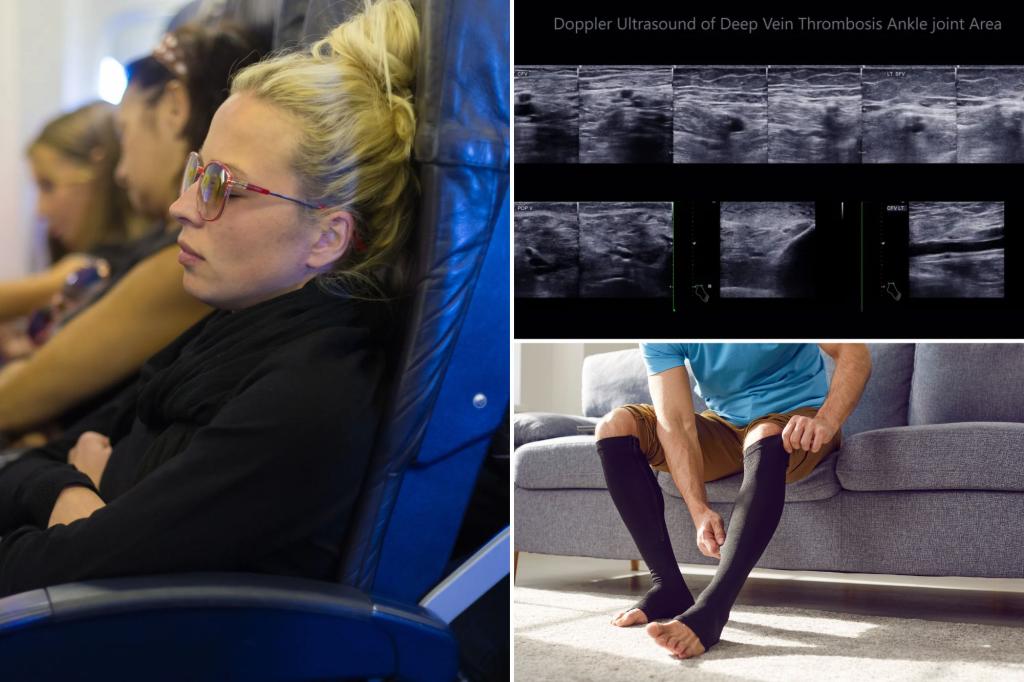Deep vein thrombosis (DVT) is a potentially life-threatening condition that occurs when a blood clot forms in a vein near the center of the body. The risk of developing DVT is amplified during long-haul flights and prolonged periods of sitting in cramped spaces, such as coach seats on airplanes. Lack of circulation due to immobility is a significant factor in the formation of blood clots, leading to symptoms such as pain and swelling near the clot’s location. DVT affects deep veins in the legs or pelvis, with symptoms including swelling, pain, warmth, and changes in skin color. However, some individuals may have no symptoms at all, making detection difficult.
The risk of DVT is not limited to air travel, as prolonged sedentary activities like playing video games for hours can also increase the chances of developing the condition. Neglecting movement in any setting that involves sitting for extended periods poses a risk for DVT. Symptoms of the condition should not be ignored, as DVT can lead to more severe complications such as pulmonary embolism, where a blood clot travels to the lungs and causes a blockage in the lung artery, reducing oxygen in the blood. This can be fatal, with a significant percentage of individuals not surviving pulmonary embolism.
Various risk factors contribute to the development of DVT, including obesity, smoking, pregnancy, heart disease, certain medications, and hormone treatments like birth control. Flying in cramped spaces with limited movement opportunities poses an additional risk factor for DVT. Inactivity, dehydration, and confinement in a small space increase the likelihood of blood clot formation during flights. It is crucial for travelers to take precautions to mitigate these risks, such as staying hydrated, moving every two hours, and wearing support stockings during flights.
While first-class passengers may have more space to move around and stretch their legs, the risk of DVT is not exclusive to economy class passengers. Mobility and frequent movement are key in preventing blood clots regardless of the cabin class. Dr. Pinakin V. Parekh emphasizes the importance of staying active during flights, noting that even shorter commutes lasting four hours can pose a risk for DVT. Choosing an aisle seat can facilitate movement and make it easier to get up and walk around without worrying about disturbing other passengers.
Preventing DVT during travel involves simple measures like staying hydrated, moving around every two hours, and wearing support stockings. Dr. Robert Lookstein stresses the importance of taking breaks during travel, whether by air or car, as sitting for prolonged periods without movement increases the risk of developing blood clots. Despite the inherent risks associated with air travel, individuals can reduce their chances of developing DVT by following these guidelines. By staying active, well-hydrated, and practicing good circulation habits, travelers can minimize the risk of experiencing dangerous complications like pulmonary embolism.















